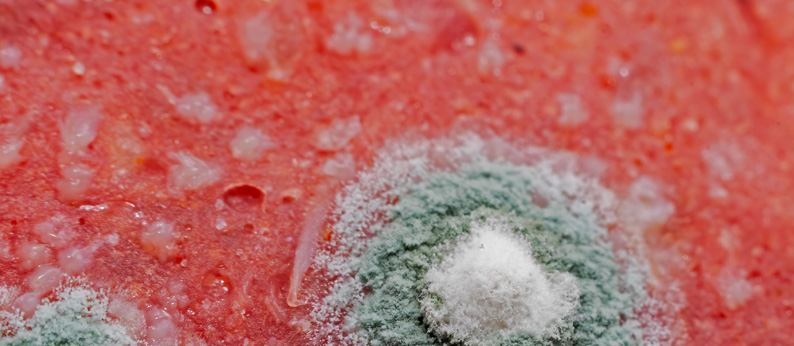Specialist kitchen consultant Paul Rifkin answers the questions club caterers and management should be asking about their food safety plans.
“As a specialist kitchen consultant I undertake frequent catering reviews in many kitchens and while some operations have a Food Safety Plan, others lack any evidence of one.
In saying that, a Food Safety Plan sitting in a file with dust and grease on it in the chef’s office, doesn’t necessarily translate into a working plan. In fact, I often see just that, with few verification activities or staff enforcement.
So, how do you as the manager or CEO easily spot if you have an active plan? Here, I will outline just a few key things to look out for when you “casually” walk through a kitchen to get milk out of the coolroom.
Defrosting – Defrosting is rarely conducted as per the Food Authority guidelines, which is in a coolroom or controlled environment at less than 5 degrees centigrade. Many kitchens have boxes of seafood like fish and squid, bags of green prawns, lamb shanks and pork spareribs, and I have seen situations where these items sit on the bench for more than eight hours (through the split shift).
Chefs will argue that it takes too long to defrost in a coolroom and few will actually remove the product from the box and spread it out on trays to hasten defrost. Sinks will often have such items sitting in water, or just sitting in the sink at room temperature. Although defrosting in flowing cold water will defrost an item quickly, it will not stay at room temperature for long.

Room Temperature Storage – Are “at risk” foods like chicken, beef and seafood left on the bench for easy access through service? They might be able to be grabbed quickly, but they also must be stored at below 5 degrees centigrade. This is a practice often carried out for convenience and occasionally the food will be stored on ice trays, but they only chill the bottom items, while the top half stays at room temperature. As a manager, you can easily view this practice during service. You might also ask the catering team if they have enough effective fridges to keep food stored correctly during service.
Labelling – This is my biggest pet hate. The type of labelling used is not as important as actually using a label on all items, and I will repeat this, on all prepared or decanted food. The manufacturers labelling should be reflected on the label if decanted.
Some venues operate on a short shelf life and others seem to think the product will last forever. Either will result in excess wastage. Management should read some labels in the coolroom and enquire from the chefs what they mean. The key here is to let the chefs know that you are interested in the effective implementation of a Food Safety Plan.
Your venue and your reputation are at risk if you don’t act and enforce proper food safety.
Engaging the services of a specialist consultant can assist Clubs in enforcing a strong Food Safety Plan.

Paul Rifkin – chefpaulrifkin consulting Head Chef Mentoring and Fine-Tuning Specialist for Club Catering chefpaulrifkin@hotmail.com


